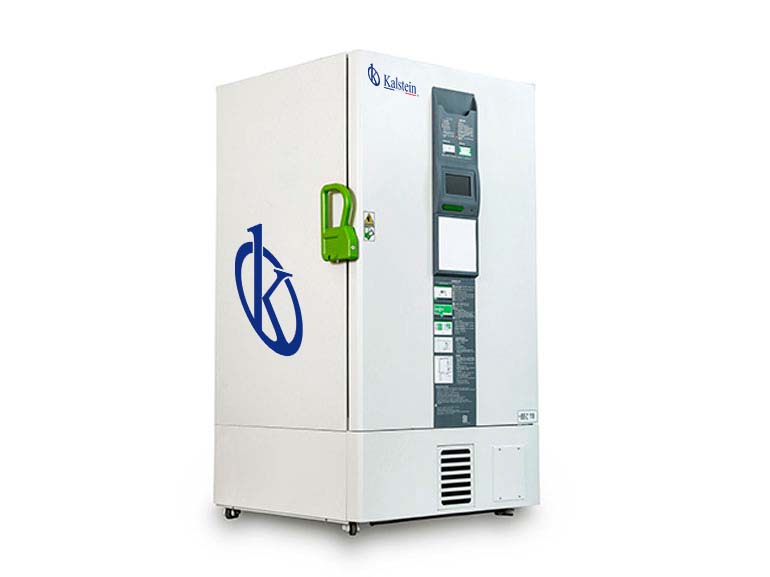A freezer is a refrigeration device that includes a thermally insulated compartment and a refrigeration system, which helps you keep cold and slow rot. It is kept cold by compression or absorption, which is able to keep products stored inside at a temperature below 0 ° C, usually between -30 ° C and -4 ° C.
The freezer in a laboratory is one of the most important equipment. Its function is to maintain, in a controlled environment (refrigerated space), various fluids and substances, so that they are kept in good condition the lower the temperature, the lower chemical and biological activity. To achieve this it is required that the internal temperature of the refrigerator be lower than the ambient temperature.
Operation
To operate, freezers require the following forecasts:
- Electrical connection with ground pole suitable for the voltage and frequency requirements of the equipment. It must be provided that the electrical connections comply with national or international electrical regulations used by the laboratory.
- If more than one freezer is installed that depends on the same electrical circuit, it must be verified that the electrical power and its safety are adequate to supply the power demanded by the freezers.
- Directly connect the freezer to the electrical outlet, never install it in an overloaded electrical outlet or one with voltage deficiencies. If possible, avoid using electrical extensions. The electrical outlet must not be more than 2 m from the place selected to install the freezer.
- Install the freezer on a level surface, providing that there is a free space around the equipment. The freezers have a leveling system at the base that allows adjusting the small level differences that the floor could have. It is customary to leave a 15 cm clearance at the sides, and at the rear to facilitate condenser ventilation.
- Avoid installing the freezer in direct sunlight or near heat sources such as radiators or heaters. Remember that the greater the temperature difference between the environment and the condenser, the heat transfer will be more efficient
Freezer Maintenance
Freezers are equipment that in general are not very demanding from the maintenance perspective, although they are demanding in relation to the quality of power supply systems. If they are connected to good quality electrical circuits and it is verified that they have good ventilation around the equipment, they can operate for years without requiring specialized technical services. The refrigeration circuit is factory sealed and has no components that may require routine maintenance. The most common maintenance routines are described below.
- Interior cleaning (Frequency: every 3 months): verify that the refrigerator’s interior shelves are clean. To clean them, any material that could interfere with the cleaning work must be removed from the refrigerator. Move the empty shelves forward and remove them. Apply a mild detergent with a damp cloth, gently rub the upper and lower surfaces. Dry and relocate in the original position. Once the shelves have been removed, clean the inside walls of the refrigerator, using a mild detergent. Dry before mounting the interior accessories.
- Condenser cleaning (Frequency: every 6 months): check the position where the condenser is installed, remove the protection grid and the condenser protection filter, (not all manufacturers provide a filter). Remove dirt and dust deposited on the surface of the condenser. Use a vacuum equipped with a suction brush. Run the entire surface of the condenser to remove dirt or accumulated dust. Verify that both the surface of the pipes and the surface of the heat conducting fins are clean. Also aspirate the filter (if this element is available). Reinstall the cover.
In Kalstein we have a variety of freezers that fit the needs of laboratories. We invite you to consult the available equipment HERE

